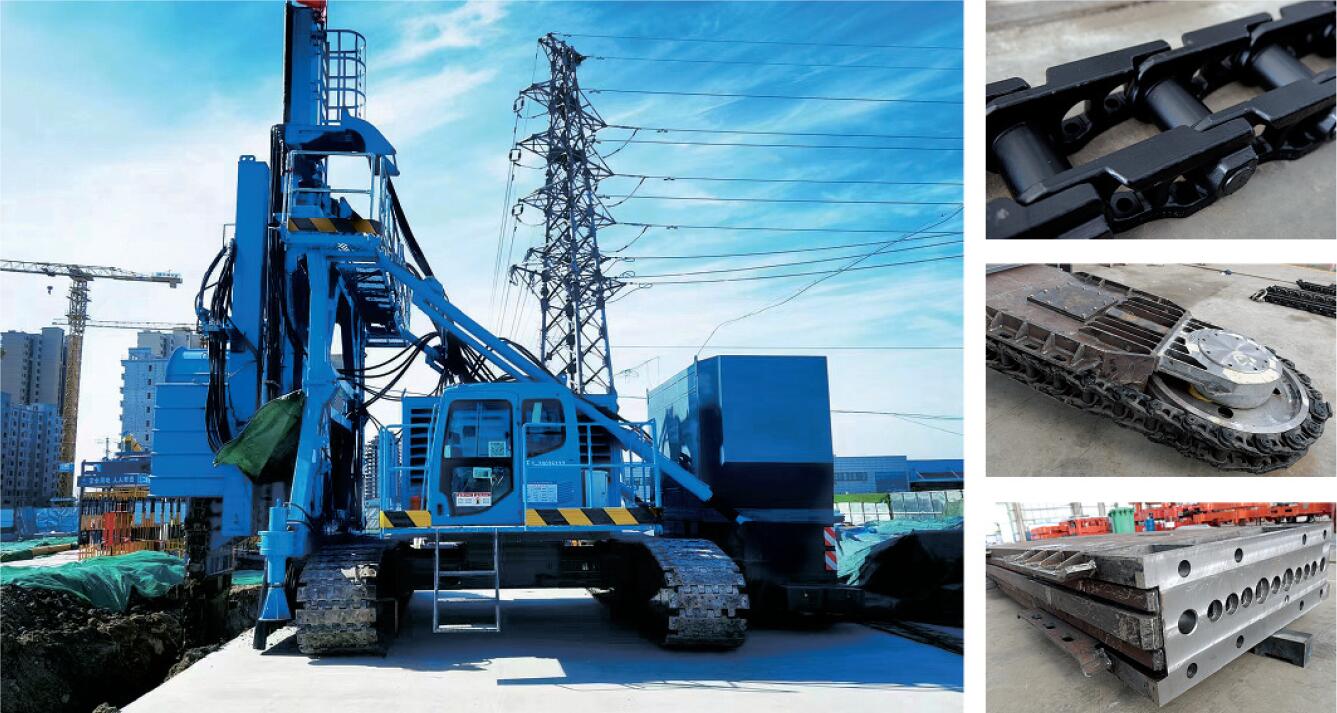Diaphragm wall is a diaphragm wall with anti-seepage (water) retaining and load-bearing functions, formed by excavating a narrow and deep trench underground with the help of excavation machinery and mud protection, and constructing suitable materials such as reinforced concrete in the trench.
It is involved in industries such as construction, municipal engineering, and highways, mainly suitable for deep foundation pit enclosure, existing buildings, environmental protection, and phased isolation related projects.
Excavation of guide ditch → construction of guide wall → excavation of trench → removal of silt and residue at the bottom of the trench → lifting of joint pipe → lifting of steel cage → lowering of conduit → pouring of concrete → extraction of joint pipe
① Excavate trenches and construct guide walls
Guide wall: The main structure that controls the accuracy of excavation, and the guide wall structure should be built on a solid foundation.
Function of guide wall: retaining soil, benchmark function, load-bearing, mud storage, and other functions.
② Excavate trenches
The length should be between 4 and 6 meters.
Inspect and control the main technical performance indicators such as relative density, viscosity, sand content, and pH value of the mud.
③ Hanging joint pipe
The groove section joints of diaphragm walls should be selected according to the following principles:
1) Flexible joints such as circular locking pipe joints, corrugated pipe joints, wedge-shaped joints, I-beam joints, or precast concrete joints should be used for diaphragm walls;
2) When the diaphragm wall is used as the main exterior wall of the underground structure and needs to form a whole wall, rigid joints should be used;
Rigid joints can be made using perforated steel plate joints in a straight or cross shape, steel bar socket joints, etc.
Advantages of diaphragm wall:
1) High rigidity, large excavation depth, suitable for all strata;
2) Strong strength, small displacement, good water resistance, and can also serve as a part of the main structure;
3) Can be used in close proximity to buildings and structures, with minimal environmental impact.
Post time: Dec-12-2024



